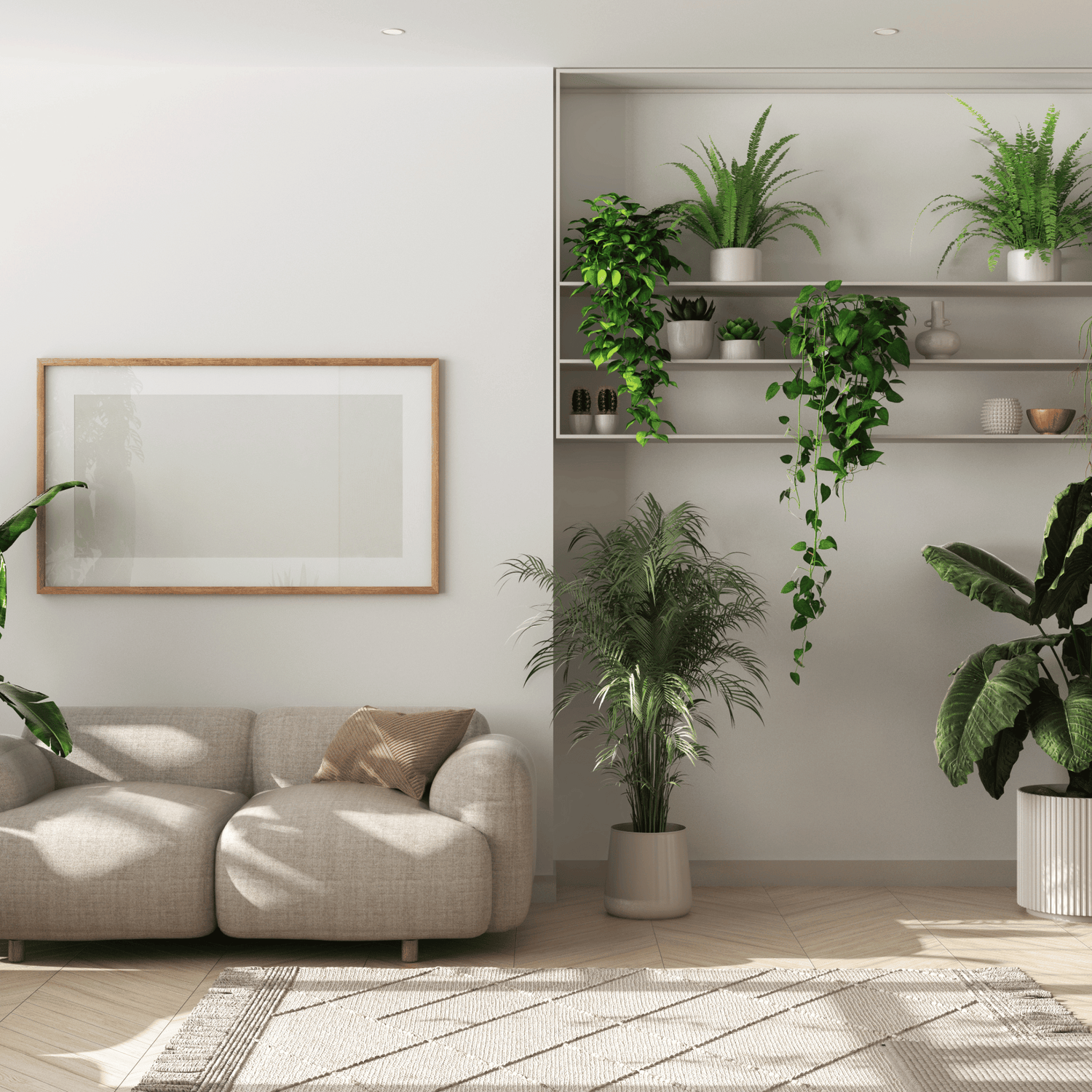
Top 5 Safety Tips for a Sustainable Home
Creating a sustainable home isn't just about being environmentally friendly; it's also about ensuring your living space is safe and healthy for you and your family. By integrating safety with sustainability, you can enjoy a home that's both eco-conscious and secure. Here are the top five safety tips for a sustainable home.
1. Use Non-Toxic Building Materials
When constructing or renovating your home, opt for non-toxic, sustainable building materials. Traditional building materials can contain harmful chemicals like formaldehyde, volatile organic compounds (VOCs), and other toxins that can affect indoor air quality and health. Consider these eco-friendly alternatives:
- Bamboo: A rapidly renewable resource, bamboo is durable and aesthetically pleasing.
- Recycled Steel: Strong and recyclable, it reduces the need for new raw materials.
- Low-VOC Paints: These paints emit fewer volatile organic compounds, improving indoor air quality.
- Natural Insulation: Materials like wool or cellulose are sustainable and safe alternatives to traditional fiberglass insulation.
2. Install Energy-Efficient and Safe Appliances
Energy-efficient appliances not only reduce your carbon footprint but also enhance home safety. Older appliances can be fire hazards due to outdated wiring or malfunctioning parts. When selecting appliances, look for the ENERGY STAR label, which indicates energy efficiency and safety standards. Additionally, regular maintenance is crucial:
- Check for Recalls: Ensure your appliances haven’t been recalled for safety issues.
- Regular Inspections: Schedule periodic inspections to detect and fix potential hazards.
- Smart Home Integration: Use smart plugs and energy monitors to track usage and detect anomalies.
3. Ensure Proper Ventilation
Good ventilation is essential for maintaining healthy indoor air quality. Without adequate ventilation, pollutants can accumulate, leading to health issues such as respiratory problems and allergies. To improve ventilation:
- Install Exhaust Fans: In kitchens and bathrooms to remove moisture and odors.
- Use Air Purifiers: To filter out pollutants and allergens.
- Natural Ventilation: Open windows and doors to allow fresh air circulation when weather permits.
- Heat Recovery Ventilators (HRVs): These systems exchange stale indoor air with fresh outdoor air while recovering heat, maintaining energy efficiency.
4. Embrace Eco-Friendly Pest Control
Traditional pest control methods often involve harmful chemicals that can compromise indoor air quality and health. Opt for eco-friendly pest control strategies to keep your home safe from pests without harmful side effects:
- Natural Repellents: Use essential oils like peppermint, lavender, and tea tree oil to repel insects.
- Integrated Pest Management (IPM): Combines biological, cultural, physical, and chemical tools to minimize risks.
- Physical Barriers: Seal cracks and crevices to prevent pests from entering.
- Eco-Friendly Products: Choose pest control products labeled as safe for indoor use and environmentally friendly.
5. Fire Safety and Sustainable Practices
Fire safety is paramount in any home, and sustainable practices can complement this aspect. Here are ways to integrate fire safety with sustainability:
- Fire-Resistant Materials: Use fire-resistant building materials like stone, brick, and concrete.
- Energy-Efficient Fire Alarms: Install energy-efficient smoke detectors and carbon monoxide alarms.
- Solar-Powered Lighting: Ensure outdoor lighting is solar-powered to provide illumination during emergencies without relying on the grid.
- Proper Disposal: Dispose of flammable materials, like oily rags or chemical cleaners, responsibly to prevent accidental fires.
It's also important to consider premises liability, as maintaining a safe home environment helps prevent accidents that could result in legal liabilities. Ensuring that your home is free of hazards not only protects your family but also visitors, reducing the risk of injuries and associated liabilities.
A sustainable home should not only be kind to the environment but also a safe haven for your family. By incorporating these top safety tips, you can create a living space that is both eco-friendly and secure. Remember, sustainability and safety go hand in hand, contributing to a healthier and more harmonious home environment.



Leave a comment